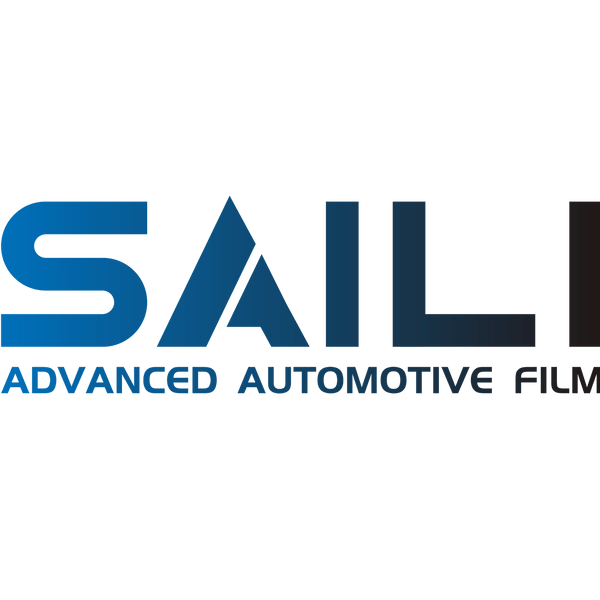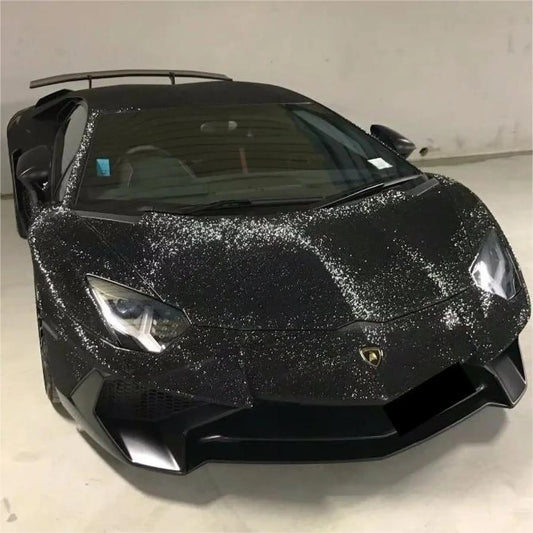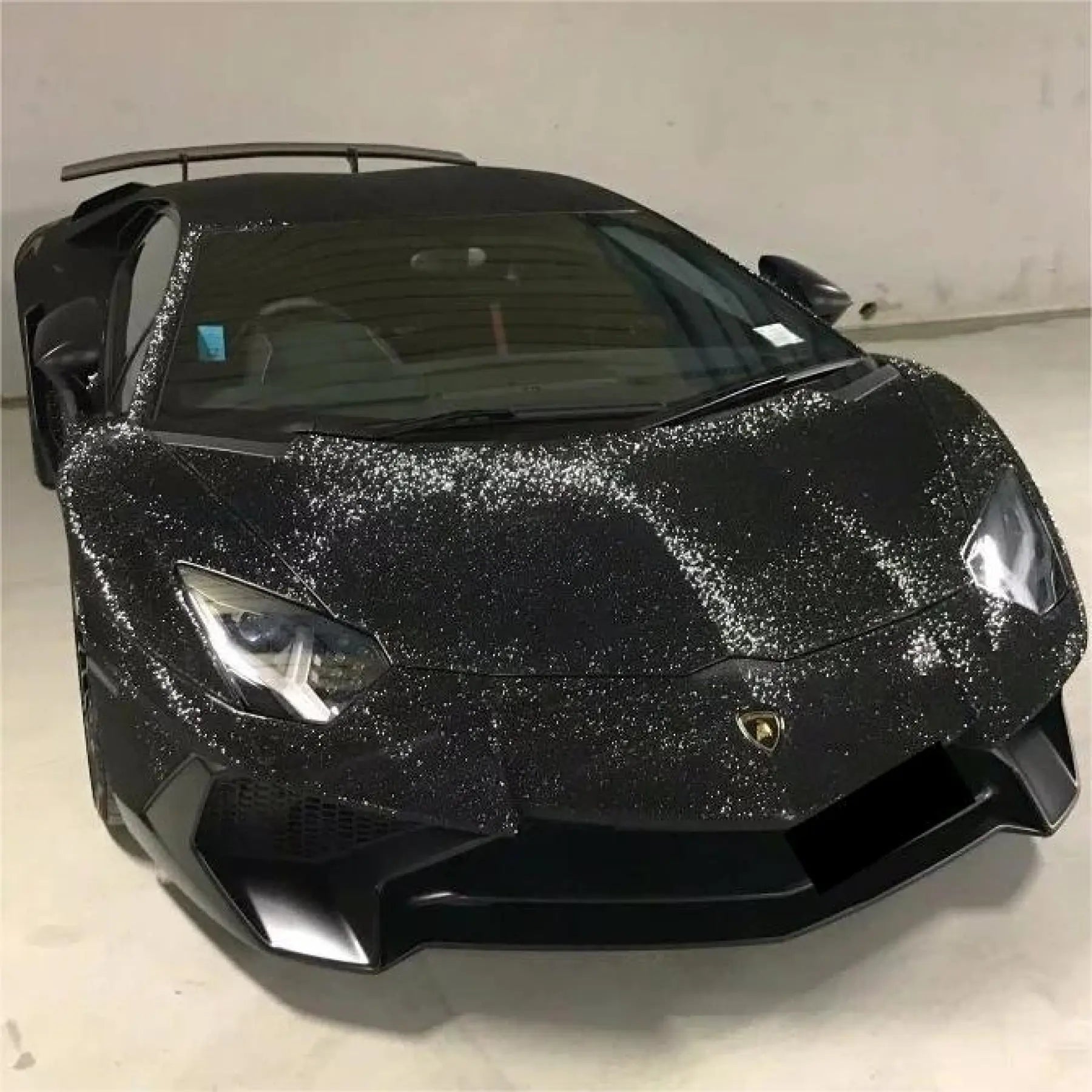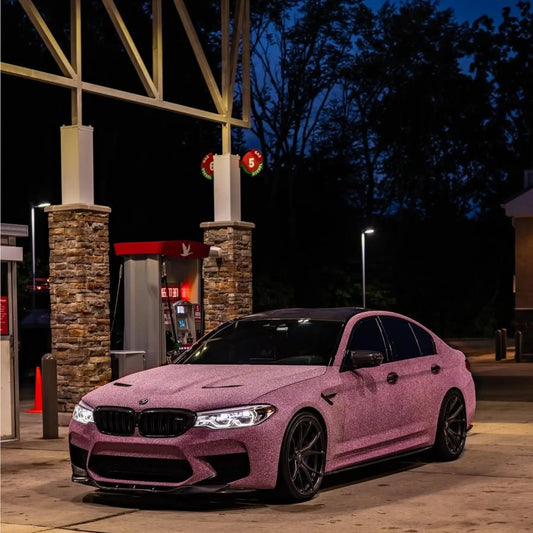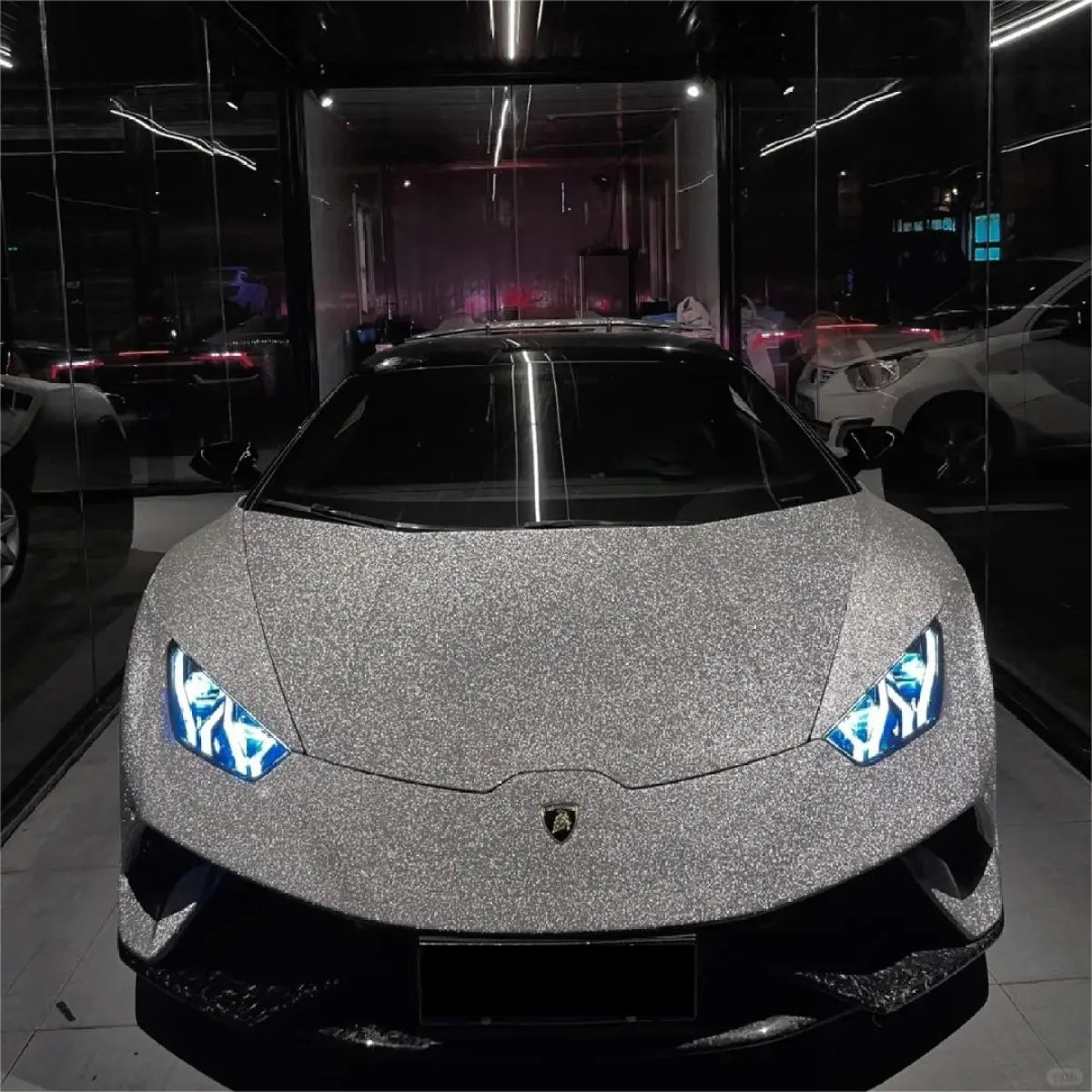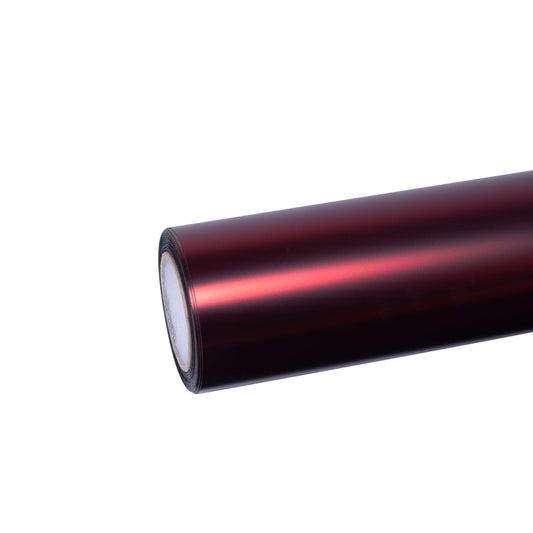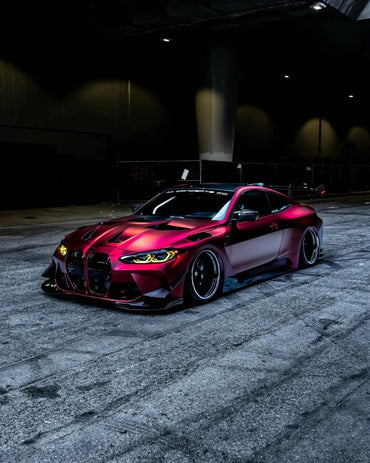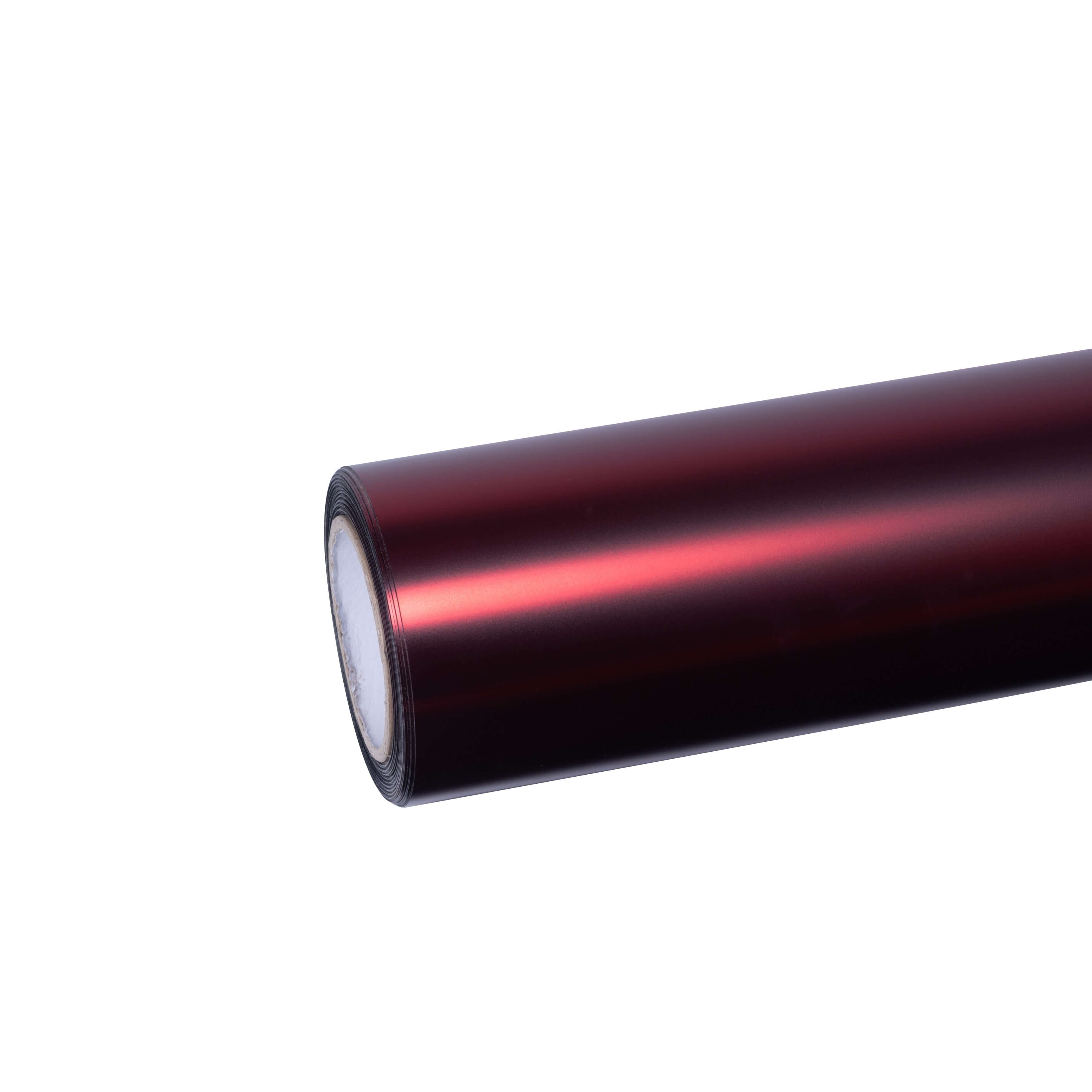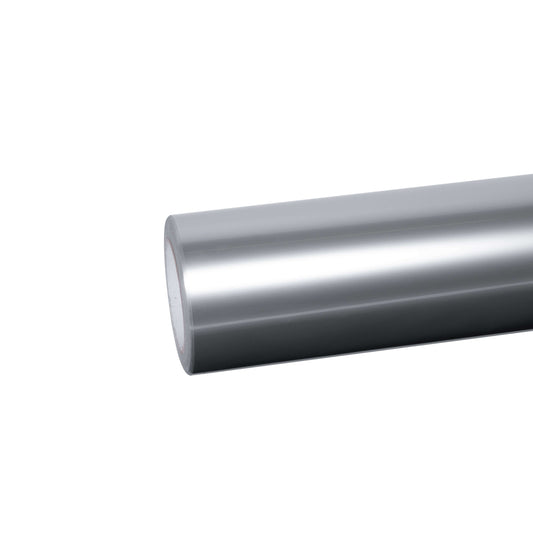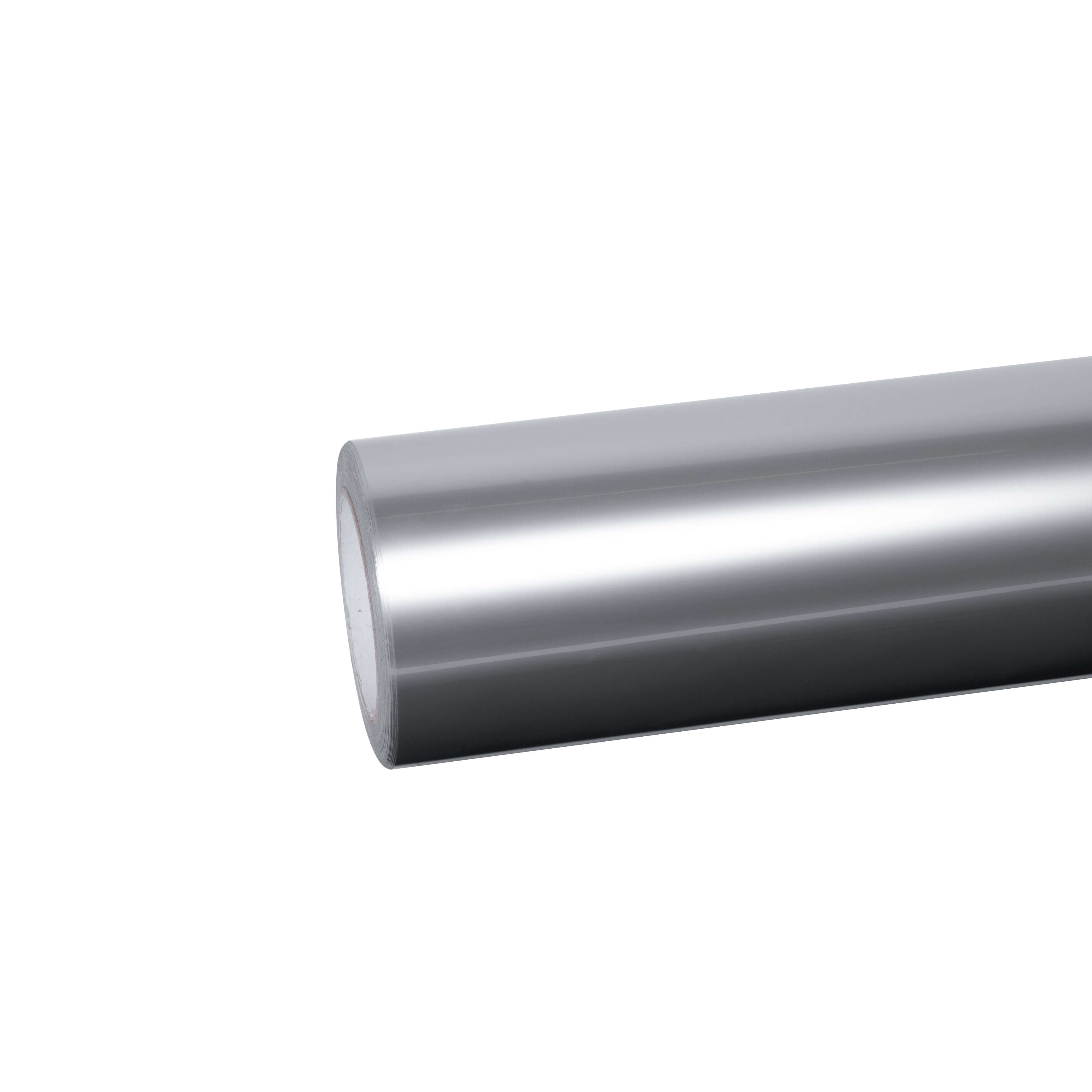Surface Preparation Failures: The Foundation of Coating Success
The most critical factor determining ceramic coating success or failure occurs before any coating touches your vinyl wrap surface. Inadequate surface preparation accounts for approximately 70% of all coating failures, regardless of product quality or application skill level.
Contamination Issues on Vinyl Wraps
Unlike automotive paint, vinyl wrap surfaces present unique challenges for ceramic coating adhesion. Manufacturing residues, installation solutions, atmospheric pollutants, and environmental contaminants can create invisible barriers that prevent proper molecular bonding between coating and wrap material.
Common contaminants affecting glitter sparkle car wraps and metallic vinyl wraps include silicone-based tire shine overspray, wax residue from previous protection attempts, iron particles from brake dust, industrial fallout, tree sap, and polymer deposits from automatic car washes. These substances require specialized removal techniques beyond standard washing procedures.
Professional-grade surface preparation demands a multi-step decontamination process. Begin with pH-neutral car shampoo and microfiber wash mitts to remove loose dirt and grime. Follow with clay bar treatment using appropriate lubrication to extract embedded contaminants that washing cannot remove. Complete the process with isopropyl alcohol wipe-down at 50% concentration to eliminate any remaining oils or residues.
For ultra-matte wraps and crystal vinyl wraps, surface preparation requires extra caution. These finishes feature textured surfaces where contaminants hide more readily than smooth glossy materials. Inadequate decontamination on textured wraps causes uneven coating adhesion, creating patchy protection and inconsistent appearance.
Paint Correction Misconceptions
Many wrap owners mistakenly believe paint correction applies only to automotive paint rather than vinyl surfaces. While vinyl wraps don't require aggressive polishing like clear coat finishes, existing scratches, swirl marks, or surface imperfections become magnified under ceramic coating layers.
The transparent nature of ceramic coating amplifies visual defects rather than concealing them. Minor scratches on your liquid chrome wrap or 3D carbon fiber wrap become prominently visible once coated, as the smooth coating surface catches light differently than the damaged wrap material beneath.
Address visible imperfections before coating application using vinyl-safe polishing compounds and soft foam pads. For severe damage, consider replacing affected wrap sections rather than attempting to coat over compromised material. Prevention proves more cost-effective than correction after coating application.
Application Technique Failures
Even with perfectly prepared surfaces, improper application techniques cause immediate coating failures that require expensive remediation. These mistakes often occur when DIY enthusiasts underestimate the precision required for professional results.
Over-Application and High Spots
The most visible application failure manifests as high spots—areas where excessive coating product creates raised, uneven surfaces that reflect light irregularly. High spots appear as glossy patches on matte finishes or dark blotches under certain lighting conditions.
Over-application typically results from misconceptions that thicker coatings provide better protection. In reality, ceramic coatings require thin, even layers for proper curing and optimal performance. Excessive product creates curing problems, reduces flexibility, and compromises the wrap's natural appearance.
When coating dual-color dream vinyl wraps or rainbow laser series materials, high spots prove particularly problematic because they disrupt the color-shift effects and reflective properties that make these wraps visually striking. The coating's uneven thickness creates optical distortions that diminish the wrap's intended aesthetic.
Prevent high spots through controlled product application using appropriate applicator pads, working in small sections, and maintaining consistent pressure throughout the process. Apply coating in overlapping linear patterns rather than circular motions to ensure even distribution. Most importantly, remove excess product during the recommended flash time before it begins curing.
Under-Application and Coverage Gaps
While over-application creates visible problems, under-application produces failures that emerge gradually over time. Insufficient coating thickness fails to create adequate protective barriers, leaving vinyl vulnerable to UV degradation, chemical etching, and environmental contamination.
Coverage gaps commonly occur in complex areas like door handles, emblems, panel seams, and curved surfaces where applicators cannot reach easily. On TPU paint protection wraps and colored paint protection films, these unprotected zones develop fading, discoloration, or texture changes that contrast sharply with properly coated areas.
Hard-to-reach areas require specialized application tools including detail brushes, foam swabs, and flexible applicators that conform to contours. Use additional lighting during application to identify missed spots before the coating cures. Inspect all edges, seams, and transitions between wrap sections to ensure complete coverage.
Timing and Leveling Errors
Ceramic coating application involves precise timing between product application and excess removal. This "flash time" varies based on ambient temperature, humidity levels, and specific product formulations. Missing the optimal buffing window causes streaking, hazing, or incomplete bonding.
Early buffing removes coating before molecular bonding initiates, reducing protective properties and longevity. Late buffing attempts to remove partially cured product, creating streaks and uneven texture that permanently mars the finish. On best-sellers from your collection like popular metallic wraps, timing errors create obvious visual defects that detract from the wrap's premium appearance.
Establish a systematic approach: apply coating to one panel, allow appropriate flash time, buff thoroughly with clean microfiber towels, inspect for proper leveling, then move to the next section. Never attempt to coat entire vehicles in single sessions—professional results require methodical panel-by-panel application.
Environmental Condition Failures
Environmental factors during application and curing dramatically influence coating performance and longevity. Ignoring temperature, humidity, and atmospheric conditions invites failures that compromise even expertly applied coatings.
Temperature-Related Problems
Ceramic coating chemistry operates within specific temperature ranges for optimal molecular bonding. Extreme cold slows curing processes to ineffective levels, while excessive heat accelerates curing before proper leveling occurs.
Coating application in temperatures below 50°F (10°C) prevents complete chemical reactions necessary for hard, durable finishes. The coating may appear properly applied initially but fails prematurely due to incomplete curing. Conversely, temperatures exceeding 90°F (32°C) or direct sunlight exposure cause rapid flash times that prevent proper leveling and create uneven surfaces.
Temperature concerns extend beyond application to curing periods. Car vinyl wraps coated in controlled environments require protection from temperature extremes during the 24-48 hour initial curing phase. Temperature fluctuations during this critical period weaken molecular bonds and reduce coating lifespan.
Optimal coating conditions occur in climate-controlled environments maintaining 60-80°F (15-27°C) with minimal temperature variation. For wrap owners without access to temperature-controlled spaces, schedule coating applications during moderate weather periods and protect vehicles from extreme conditions during curing.
Humidity and Moisture Contamination
High humidity represents one of the most insidious environmental enemies of ceramic coating success. Atmospheric moisture interferes with chemical bonding processes, creating hazy, oily-looking finishes with compromised protective properties.
Humidity levels exceeding 70% during application or curing cause water molecules to penetrate the coating layer before complete polymerization occurs. This moisture contamination weakens the hydrophobic properties that make ceramic coatings valuable, creating surfaces that attract rather than repel water and contaminants.
Premature water exposure during curing produces even more severe failures. Rain, dew, washing, or even heavy fog before coatings fully cure causes spotting, streaking, or complete adhesion failure. The coating may peel, bubble, or develop cloudy patches that require complete removal and reapplication.
Monitor humidity levels using hygrometers and postpone coating applications when humidity exceeds 60%. After application, maintain vehicles in dry, enclosed spaces for minimum 48-hour periods before any water exposure. For wrapping tools and application supplies, store in climate-controlled environments to prevent moisture contamination of products before use.
Product Compatibility Failures
Not all ceramic coatings suit vinyl wrap applications. Products formulated specifically for automotive paint may contain chemical compositions or curing temperatures incompatible with wrap materials, leading to texture changes, adhesive weakening, or finish alterations.
Coating Chemistry Incompatibility
Vinyl wraps consist of plasticized PVC or TPU materials fundamentally different from automotive clear coat. Generic ceramic coatings designed for paint may cure at temperatures that soften vinyl adhesives, alter wrap textures, or interfere with air-release channels engineered into premium wrap materials.
Incompatible coatings applied to ultra-matte wraps frequently add unwanted gloss that destroys the matte aesthetic. Similarly, coatings not formulated for textured surfaces may pool in the recesses of 3D carbon fiber wraps or glitter finishes, creating uneven appearance and compromised protection.
Manufacturers of high-quality wraps like Sailifilm typically provide coating compatibility guidelines for their products. Always verify that selected ceramic coatings explicitly state suitability for vinyl wrap applications. Products marketed as "PPF and vinyl safe" undergo testing to ensure compatibility with wrap materials and adhesives.
Texture-Specific Considerations
Different wrap finishes require coating formulations tailored to their unique characteristics. Glossy wraps tolerate a wider range of coating products, while specialty finishes demand precise product selection.
Matte and satin finishes require coatings that preserve their non-reflective properties. Standard coatings that enhance gloss transform matte surfaces into semi-gloss or glossy finishes, completely altering the intended appearance. For Sailifilm's ultra-matte wrap collection, use only matte-safe ceramic coatings that enhance depth without adding shine.
Chrome and metallic finishes present different challenges. The reflective particles in liquid chrome wraps and metallic vinyl wraps require coatings that won't clog surface textures or diminish reflective properties. Excessively thick coatings on these materials reduce light reflection and dull the metallic shimmer that defines their appeal.
Color-shifting wraps like the rainbow laser series demand ultra-clear coatings that won't alter optical properties or interfere with the color-change effects. Any cloudiness, yellowing, or optical distortion in the coating layer diminishes the dramatic color transitions that make these wraps spectacular.
Air-Release Channel Blockage
Modern vinyl wraps incorporate microscopic air-release channels that facilitate bubble-free installation by allowing trapped air to escape during application. These channels represent critical engineering features that enable DIY installation success.
Ceramic coatings can inadvertently block or fill these channels when applied too heavily or with incompatible formulations. Blocked channels compromise the wrap's ability to self-heal minor bubbles and may cause adhesion problems that manifest as lifting or peeling over time.
Prevention requires thin, controlled coating applications that create protective layers without penetrating deeply into wrap textures. Products specifically formulated for vinyl use appropriate viscosity and particle sizes that coat surfaces without infiltrating air-release channels.
Curing and Post-Application Failures
Even perfectly applied coatings fail when curing protocols aren't followed meticulously. The curing phase determines final coating hardness, chemical resistance, and protective longevity.
Premature Exposure to Elements
The 48-hour period following coating application represents the most vulnerable phase in coating development. During this time, molecular cross-linking occurs as the coating transitions from liquid polymer to hardened protective layer.
Water exposure during early curing causes immediate, catastrophic failures. Rain spots, water streaks, or washing attempts leave permanent marks in partially cured coatings. Even morning dew or high humidity can create haziness and spotting that persist after complete curing.
Dust, pollen, and airborne debris pose significant contamination risks during curing. Particles that settle on wet coatings become permanently embedded, creating rough textures that trap dirt and compromise the smooth, hydrophobic surface essential for coating performance.
Protect coated vehicles in enclosed, climate-controlled environments for minimum 48 hours after application. If indoor storage isn't available, use breathable car covers designed for fresh ceramic coatings—never plastic tarps that trap moisture. Avoid all washing, rain exposure, or handling during this critical period.
Insufficient Curing Time
While 48 hours provides minimum safe exposure time, complete curing requires 7-14 days depending on coating formulation, environmental conditions, and number of layers applied. During this extended curing phase, the coating continues hardening and developing full chemical resistance.
Aggressive washing, chemical exposure, or mechanical stress during extended curing can damage coatings that appear fully hardened. The coating may scratch, stain, or develop water spots more readily than properly cured finishes.
Exercise caution during the first two weeks after coating application. Use only pH-neutral, ceramic-safe shampoos for washing. Avoid automatic car washes, harsh chemicals, and abrasive cleaning tools. Hand dry vehicles with premium microfiber towels to prevent water spotting.
Maintenance-Related Failures
Ceramic coatings require appropriate ongoing maintenance to preserve their protective properties and appearance. Common maintenance mistakes gradually degrade coating performance, leading to premature failure.
Harsh Chemical Exposure
While cured ceramic coatings resist many chemicals, repeated exposure to harsh cleaners, solvents, or acidic substances degrades protective properties over time. Alkaline wheel cleaners, petroleum-based products, and acidic bug removers particularly damage coatings.
Owners of colored paint protection films and TPU paint protection wraps sometimes use cleaning products appropriate for bare vinyl but harmful to ceramic coatings. These chemicals strip coating layers, reducing hydrophobic properties and exposing wrap materials to environmental damage the coating should prevent.
Select only pH-neutral car shampoos specifically formulated for ceramic-coated surfaces. These products clean effectively without degrading coating chemistry or reducing protective properties. Avoid all-purpose cleaners, degreasers, or products containing bleach, ammonia, or strong solvents.
Water Spot Development
Despite hydrophobic properties, ceramic coatings remain vulnerable to water spotting when mineral-rich water dries on surfaces. Hard water deposits etch into coating layers, creating permanent spots that resist conventional cleaning.
Water spots develop most commonly after rain, sprinkler overspray, or washing with hard water without proper drying. The minerals in dried water create rough patches that reduce coating smoothness and diminish hydrophobic performance over time.
Prevent water spots through immediate drying after any water exposure. Use deionized water for final rinses when washing vehicles. Address developing spots promptly with ceramic-safe water spot removers before minerals permanently etch coating surfaces.
Abrasive Cleaning Methods
Automatic car washes with rotating brushes represent significant threats to ceramic-coated wraps. The abrasive action creates micro-scratches that accumulate over time, dulling coating appearance and reducing protective effectiveness.
Even hand washing with improper techniques causes problems. Dirty wash mitts that haven't been thoroughly rinsed reintroduce contaminants to coating surfaces, creating swirl marks and scratches. Paper towels, old t-shirts, or low-quality microfiber cloths scratch coatings during drying.
Implement proper washing protocols using the two-bucket method, grit guards, and premium microfiber materials. Replace wash mitts regularly and use separate mitts for wheels and painted surfaces. Dry vehicles with dedicated drying towels featuring appropriate GSM ratings for scratch-free results.
Warranty Implications and Manufacturer Guidelines
Many vinyl wrap manufacturers have adjusted warranty terms to address ceramic coating-related issues. Understanding these implications prevents inadvertent warranty voidance through incompatible coating applications.
Heat-Related Warranty Concerns
Some ceramic coatings require heat activation or elevated curing temperatures that exceed vinyl wrap tolerance thresholds. Excessive heat during coating application or curing can weaken wrap adhesives, potentially voiding manufacturer warranties.
Review wrap manufacturer specifications regarding maximum temperature exposure before selecting coating products. Choose coatings with low-temperature curing requirements compatible with vinyl materials. When using professional coating services, communicate wrap-specific temperature limitations to prevent heat-related damage.
Documentation and Professional Application
Vinyl wrap warranties sometimes specify that only certain protection products or professional application services maintain coverage. DIY ceramic coating applications may void warranties if failures occur, even when coating-related damage wasn't the primary cause.
Document all coating products used, application dates, and service providers for warranty purposes. When possible, use professional coating services experienced with vinyl wrap applications. These services typically provide their own warranties that complement rather than replace wrap manufacturer coverage.
Prevention Through Professional Services
While DIY ceramic coating remains viable for experienced enthusiasts with appropriate tools and conditions, professional application services eliminate most failure risks through controlled environments, specialized equipment, and installer expertise.
Professional detailers specializing in vinyl wrap coating maintain climate-controlled facilities ensuring optimal temperature and humidity during application and curing. They use commercial-grade decontamination products and techniques unavailable to consumers, guaranteeing proper surface preparation.
Most importantly, professional services provide warranties covering coating failures, material defects, and application errors. These guarantees offer financial protection against expensive remediation costs should problems develop despite proper maintenance.
For valuable custom wraps or premium materials like Sailifilm's best-sellers, professional coating application represents sound investment protection. The incremental cost over DIY approaches delivers risk reduction and performance assurance worth considering.
Recovery From Coating Failures
When ceramic coating failures occur despite prevention efforts, prompt remediation minimizes long-term consequences and preserves vinyl wrap integrity.
Failure Assessment and Diagnosis
Identify failure types before attempting corrections. Minor issues like light hazing or reduced hydrophobic properties may respond to light polishing with vinyl-safe compounds. More severe problems including high spots, streaking, or adhesion failures typically require complete coating removal and reapplication.
Consult professional detailers for failure diagnosis when uncertain about appropriate remediation approaches. Improper correction attempts can damage underlying wrap materials, transforming coating problems into wrap replacement necessities.
Safe Coating Removal
Removing failed ceramic coatings from vinyl wraps demands extreme caution to avoid damaging wrap materials. Unlike automotive paint with hard clear coat protection, vinyl surfaces scratch more easily and cannot tolerate aggressive polishing.
Professional coating removal typically begins with chemical strippers formulated specifically for ceramic coatings. These products break down coating bonds without attacking vinyl materials. Follow chemical removal with gentle polishing using fine-grade compounds and soft foam pads.
Never use sandpaper, aggressive cutting compounds, or rotary polishers on vinyl wraps. These tools quickly penetrate thin vinyl layers, causing irreparable damage requiring wrap replacement. When DIY removal proves unsuccessful, professional services with vinyl-specific expertise offer safer solutions.
Conclusion: Protecting Your Sailifilm Investment
Ceramic coating failures result primarily from preventable mistakes in preparation, application, or maintenance rather than product deficiencies. Understanding common failure modes and their prevention strategies protects your investment in premium vinyl wraps while ensuring coating benefits match expectations.
Whether you've chosen eye-catching rainbow laser finishes, sophisticated metallic wraps, protective TPU films, or any other material from Sailifilm's extensive collection, proper ceramic coating application and maintenance preserves your wrap's appearance and extends its functional lifespan significantly.
Invest time in thorough surface preparation, select vinyl-compatible coating products, apply coatings under appropriate environmental conditions, and maintain coated surfaces using proper techniques and products. These fundamental practices deliver professional results while avoiding costly failures that compromise both coating and wrap integrity.
For those uncertain about DIY coating capabilities, professional application services offer expertise, controlled environments, and warranties that justify their costs through risk elimination and performance assurance. Your wrapped vehicle represents significant investment deserving protection solutions that enhance rather than compromise its value and appearance.
Internal Links:
- Rainbow Laser Vinyl Wrap Collection
- Colored Paint Protection Film
- TPU Paint Protection Wrap
- Ultra-Matte Wrap Series
- Dual-Color Dream Vinyl Wrap
- Liquid Chrome Wrap
- Best Sellers Collection
- Metallic Vinyl Wrap
- Crystal Vinyl Wrap
- Car Vinyl Wrap
- 3D Carbon Fiber Wrap
- Glitter Sparkle Car Wrap
- Wrapping Tools
- Sample Kits
External Links:
